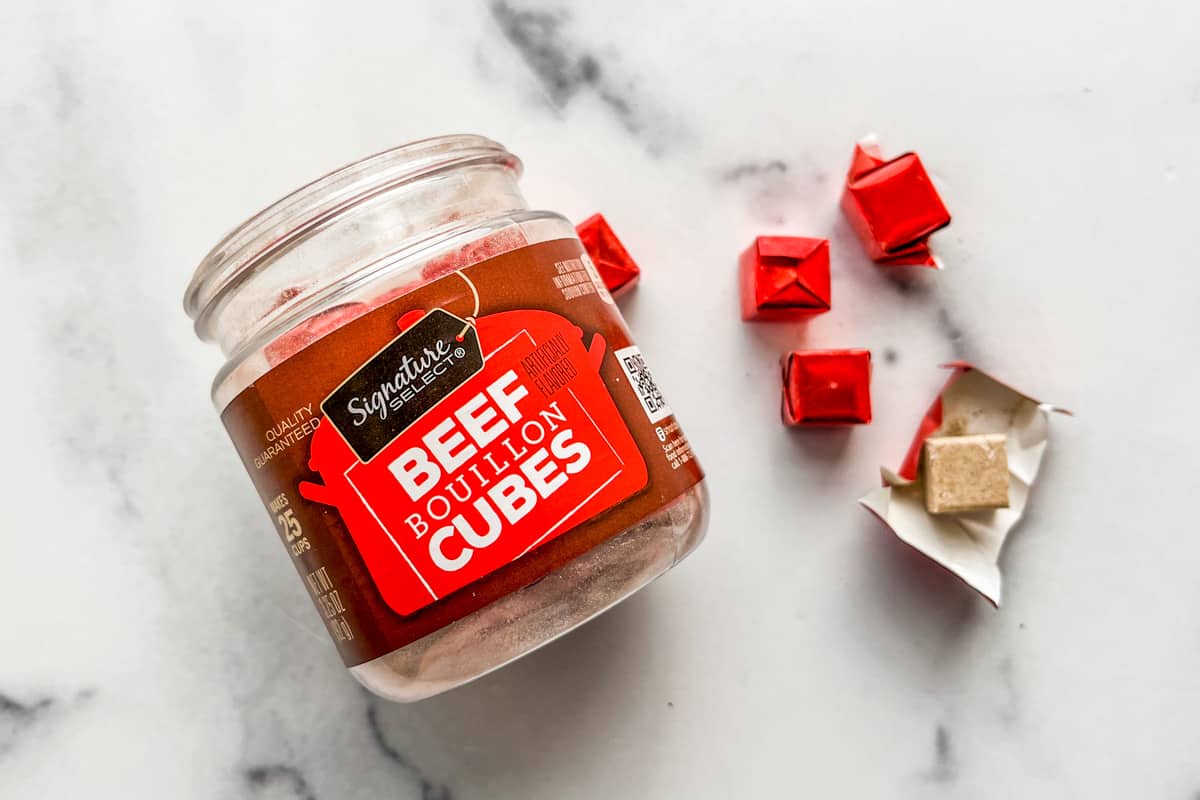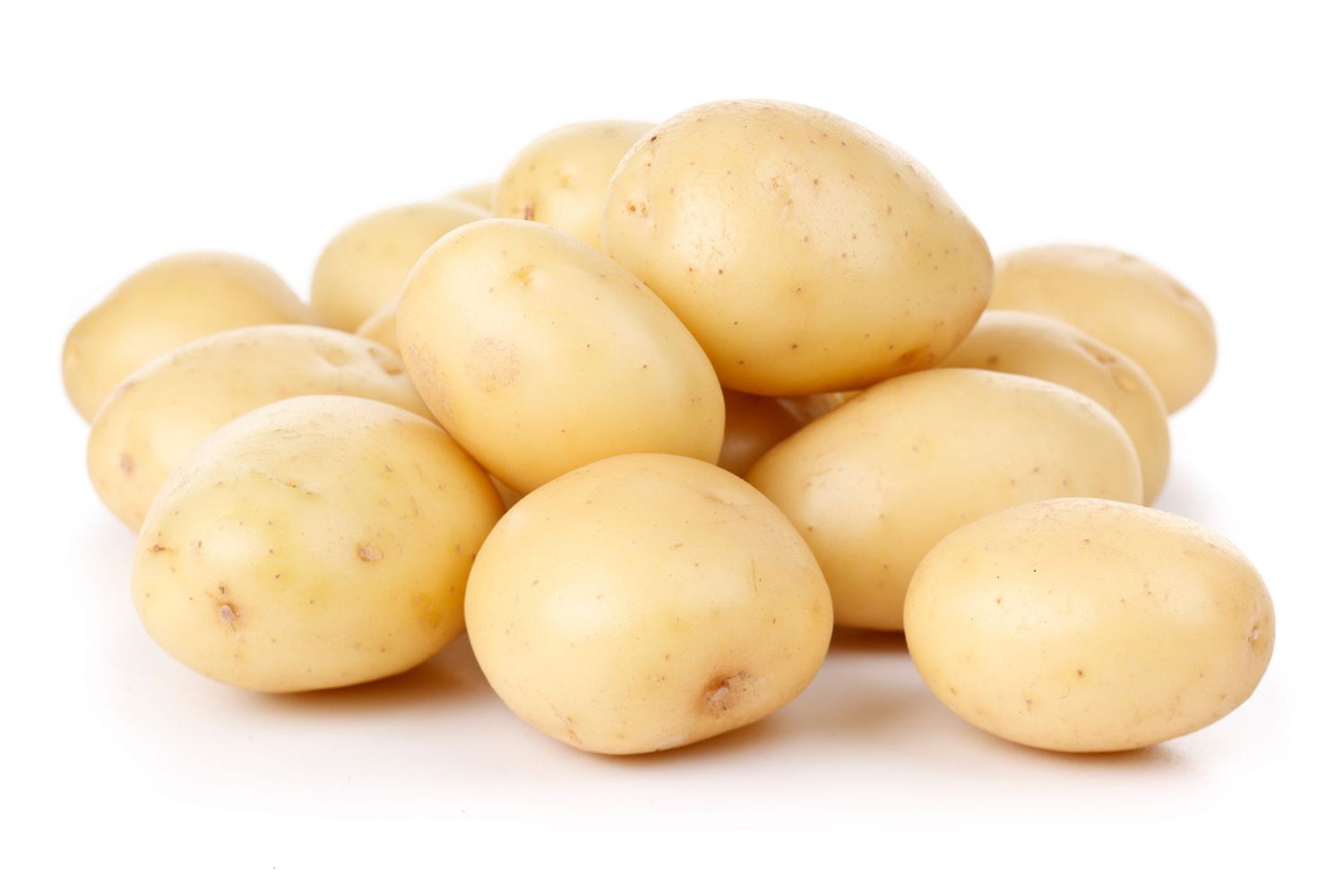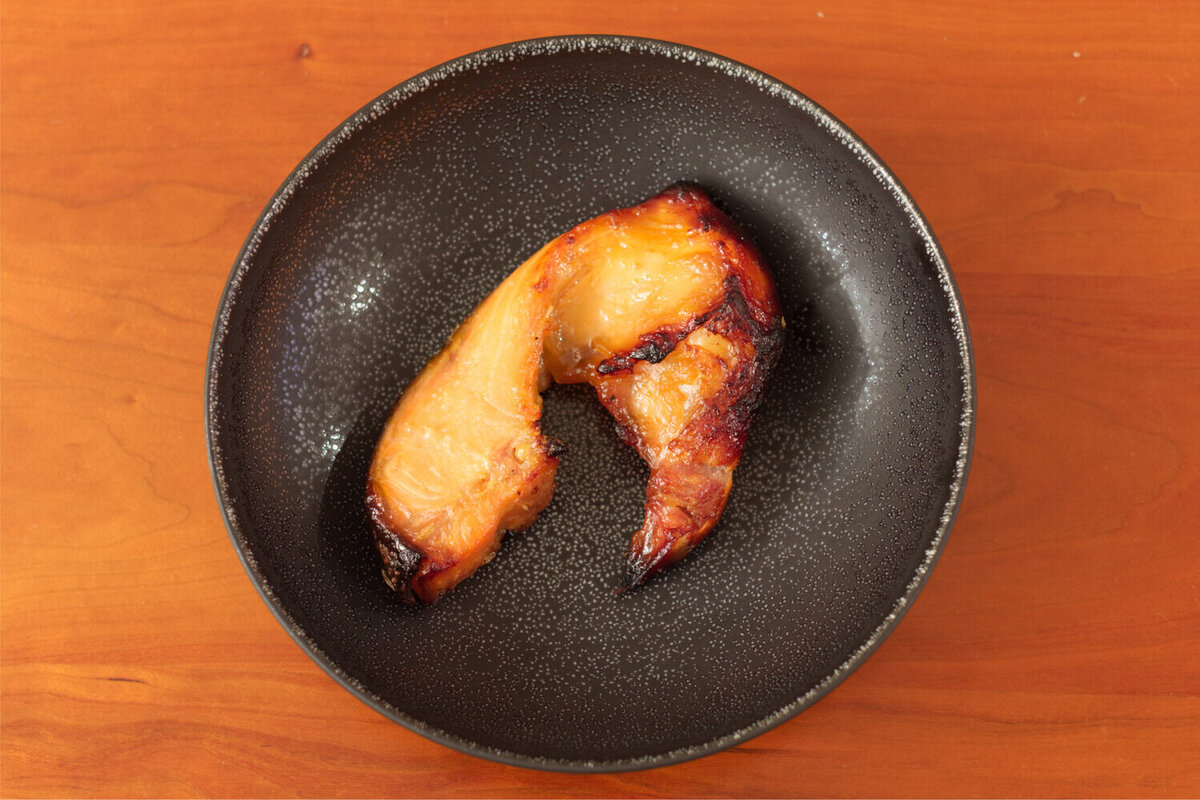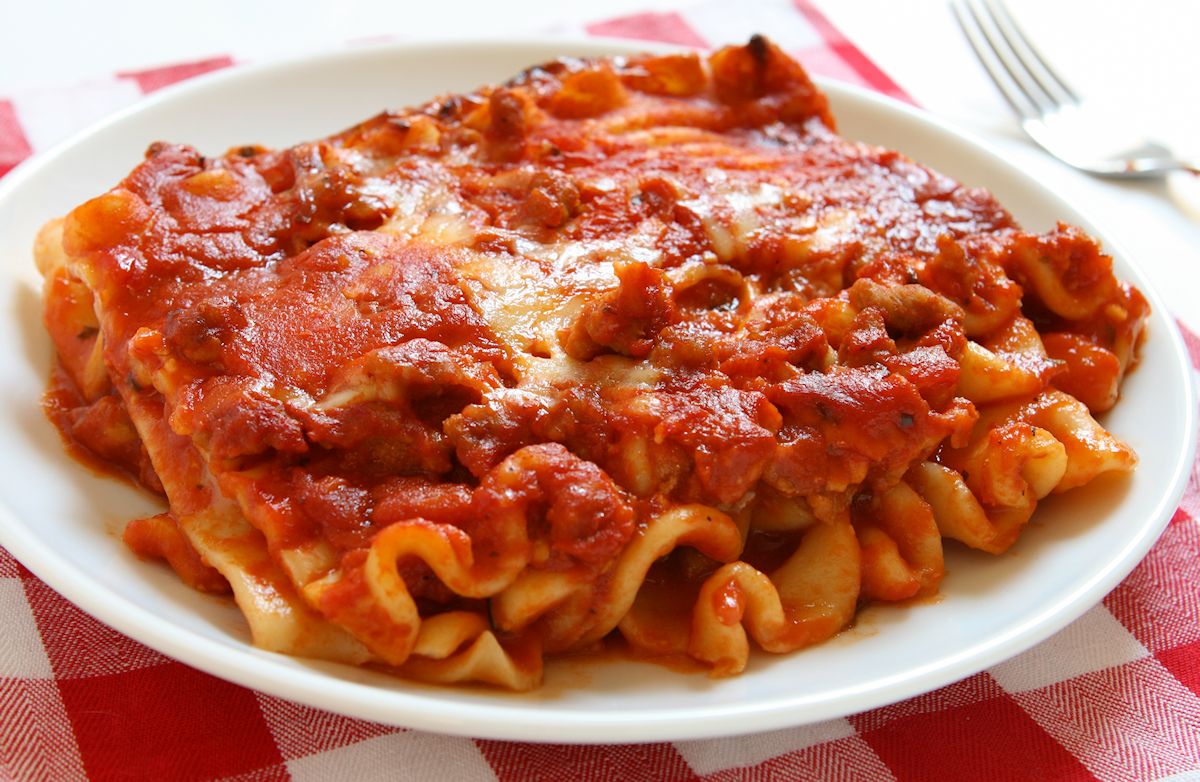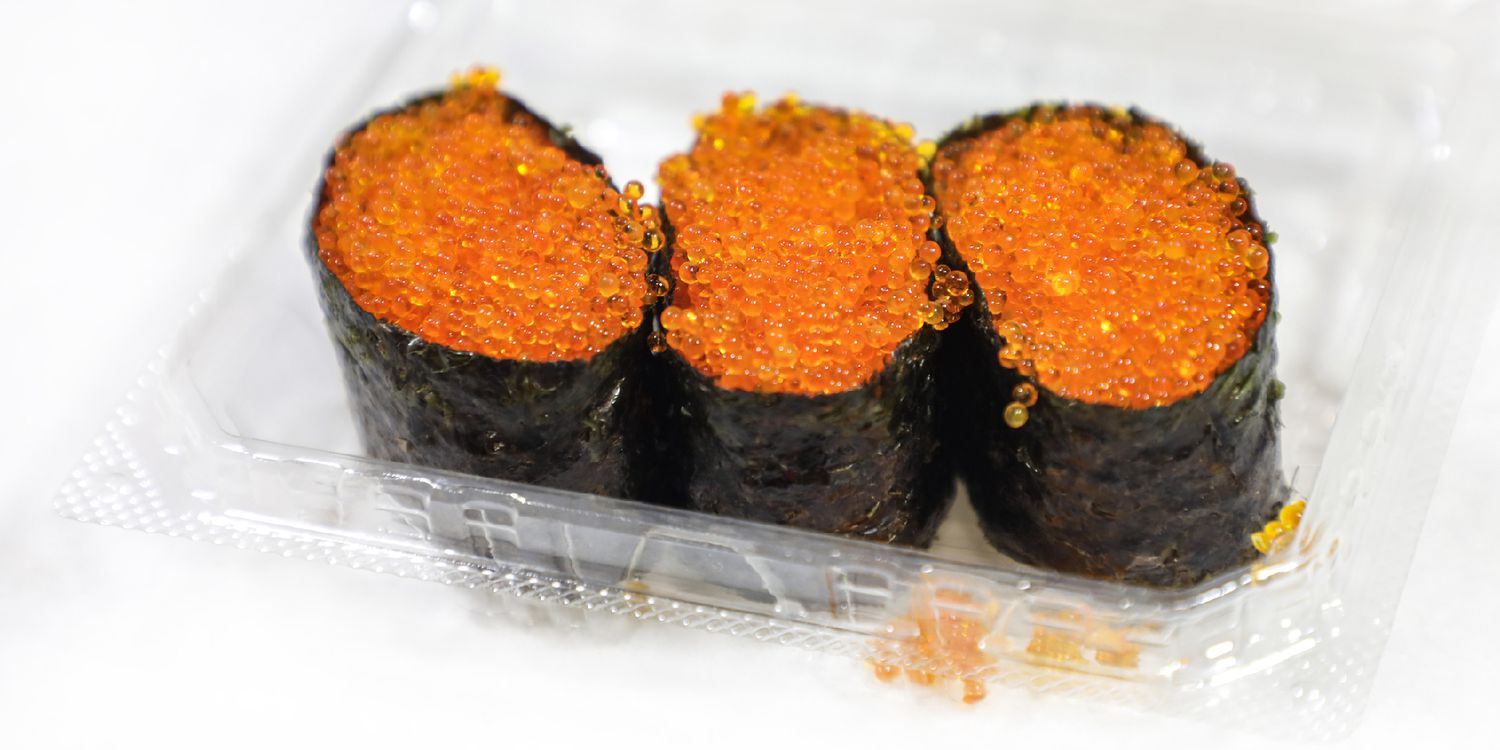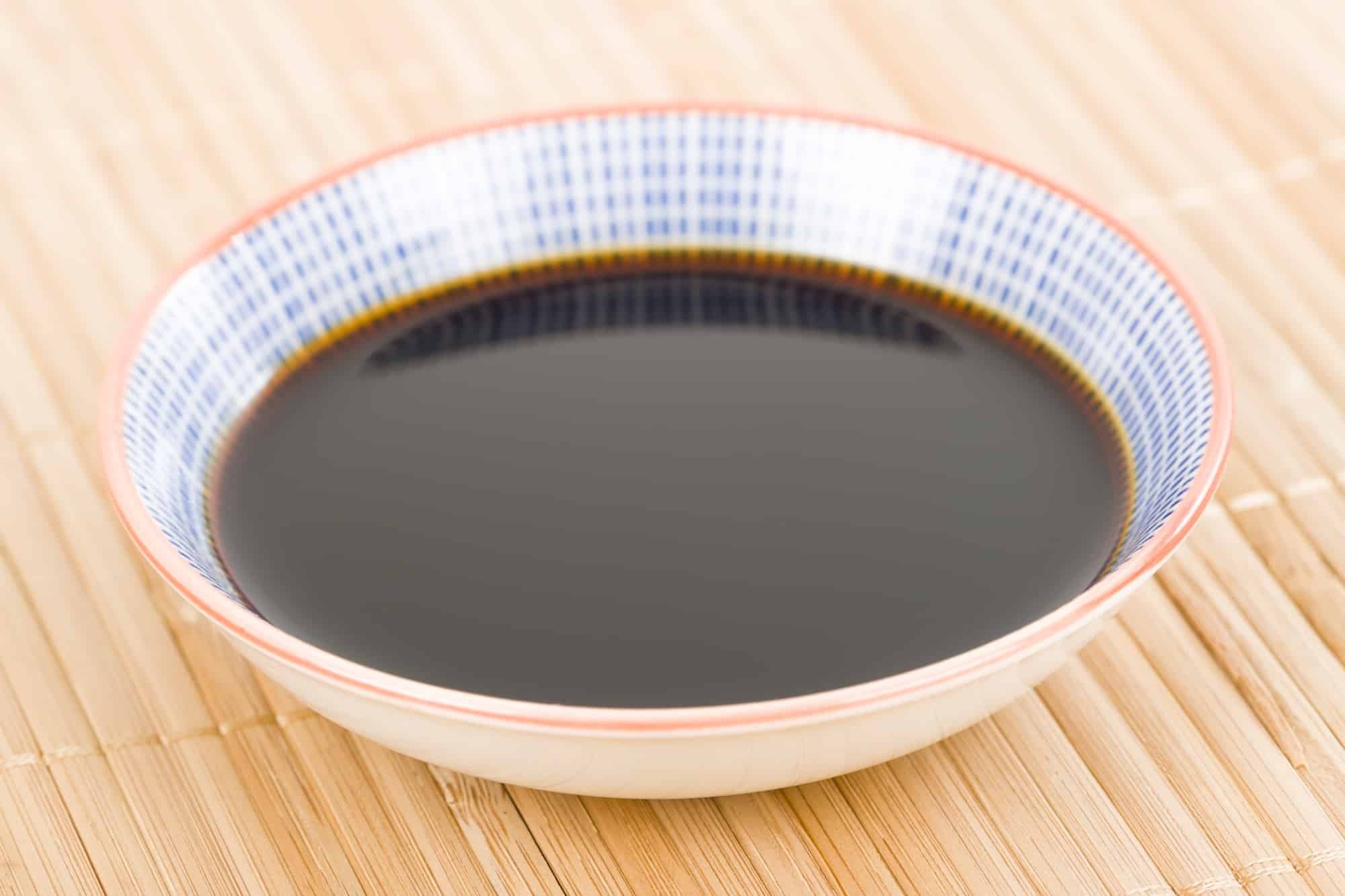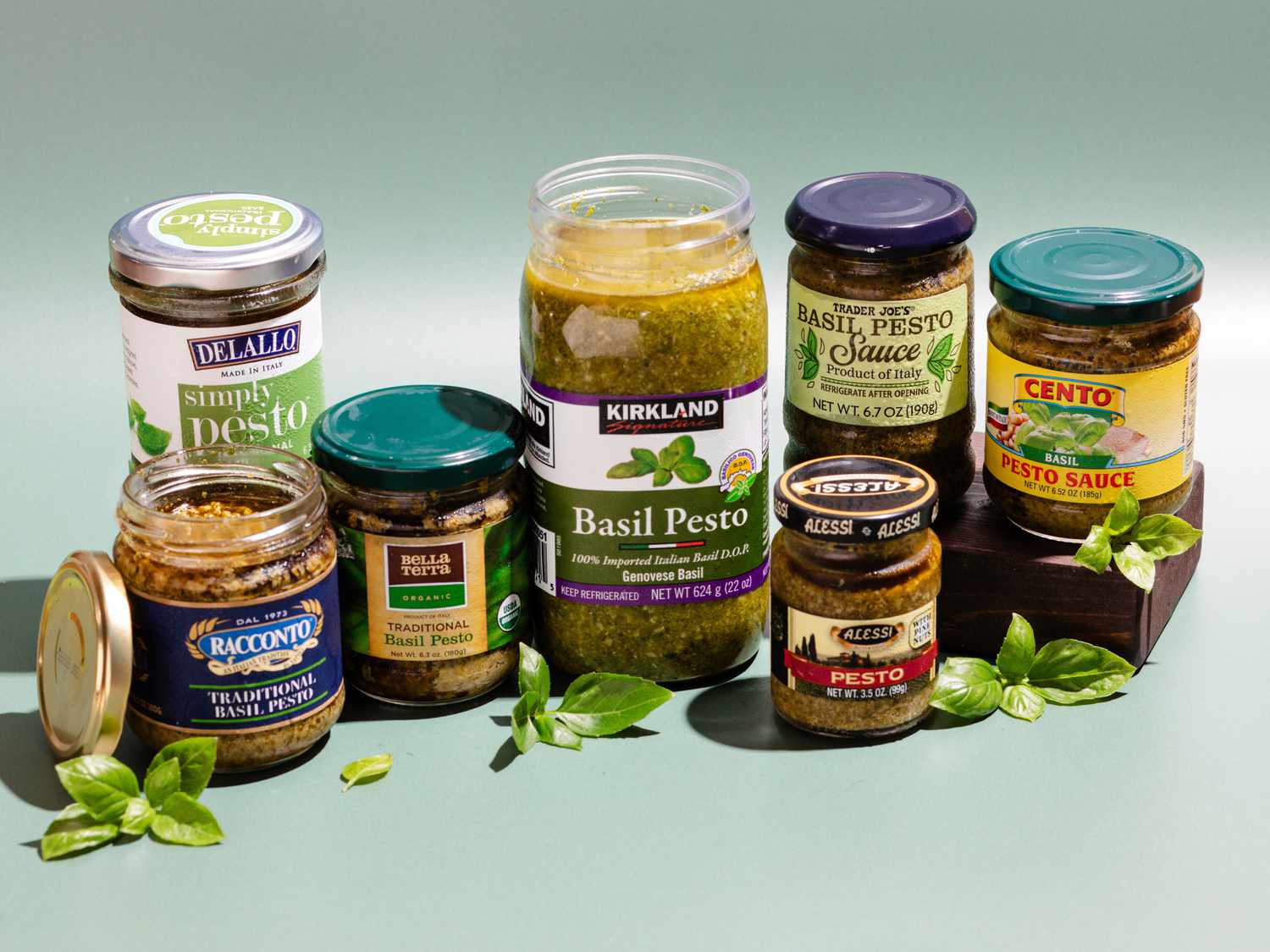The History of Spring Rolls
Spring rolls are a popular dish in many Asian countries, known for their crispy exterior and delicious fillings. But have you ever wondered about the origin of spring rolls? Let’s take a journey through history to uncover the fascinating story behind this beloved dish.
Chinese Origins
The history of spring rolls can be traced back to ancient China, where they were originally made during the Spring Festival. These early spring rolls were filled with vegetables and served as a symbol of new beginnings and the arrival of spring. Over time, the dish evolved, and different variations emerged, including the addition of meat and seafood fillings.
Spread to Southeast Asia
As Chinese immigrants traveled to different parts of the world, they brought their culinary traditions with them. Spring rolls made their way to Southeast Asia, where they became a popular street food and a staple in local cuisine. In countries like Vietnam, Thailand, and Indonesia, spring rolls took on new flavors and ingredients, reflecting the diverse culinary heritage of the region.
Vietnamese Influence
In Vietnam, the traditional spring roll known as “gỏi cuốn” gained popularity. These fresh spring rolls are made with rice paper and filled with a combination of shrimp, herbs, and vermicelli noodles. The Vietnamese version of spring rolls is often served with a dipping sauce and is a favorite appetizer in Vietnamese restaurants around the world.
Thai and Indonesian Variations
In Thailand, spring rolls, or “poh pia tod,” are often deep-fried to achieve a crispy texture. They are typically filled with a mixture of vegetables, glass noodles, and sometimes minced pork. Similarly, in Indonesia, spring rolls, known as “lumpia,” are a beloved snack, with variations that include savory fillings like bamboo shoots, carrots, and prawns.
Modern Adaptations
Today, spring rolls have become a global culinary phenomenon, with countless variations and interpretations. From the classic Chinese spring rolls to the fresh Vietnamese gỏi cuốn and the crispy Thai poh pia tod, there is a spring roll to suit every palate. In Western countries, spring rolls are often served as appetizers in Asian restaurants and are enjoyed for their crunchy exterior and flavorful fillings.
In Conclusion
The origin of spring rolls is a testament to the rich tapestry of Asian culinary traditions. From their humble beginnings in ancient China to their widespread popularity around the world, spring rolls have captured the hearts and taste buds of food enthusiasts everywhere. Whether you prefer them fried or fresh, vegetarian or filled with meat, spring rolls continue to be a beloved dish that brings people together to savor the flavors of Asia.
Next time you bite into a delicious spring roll, take a moment to appreciate the centuries-old history and cultural heritage that have shaped this iconic dish.
Was this page helpful?
Read Next: What Is A Salad Plate?
